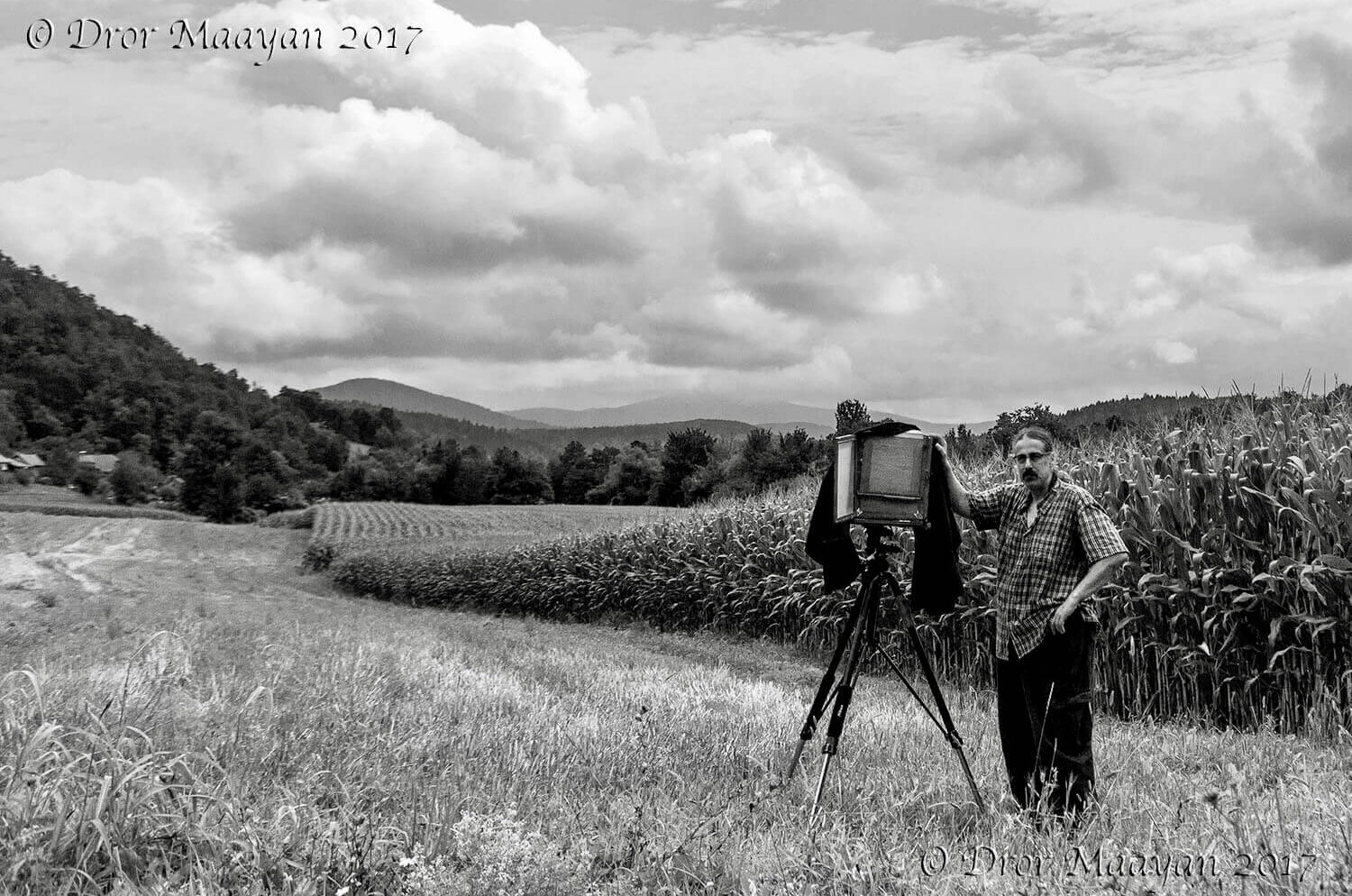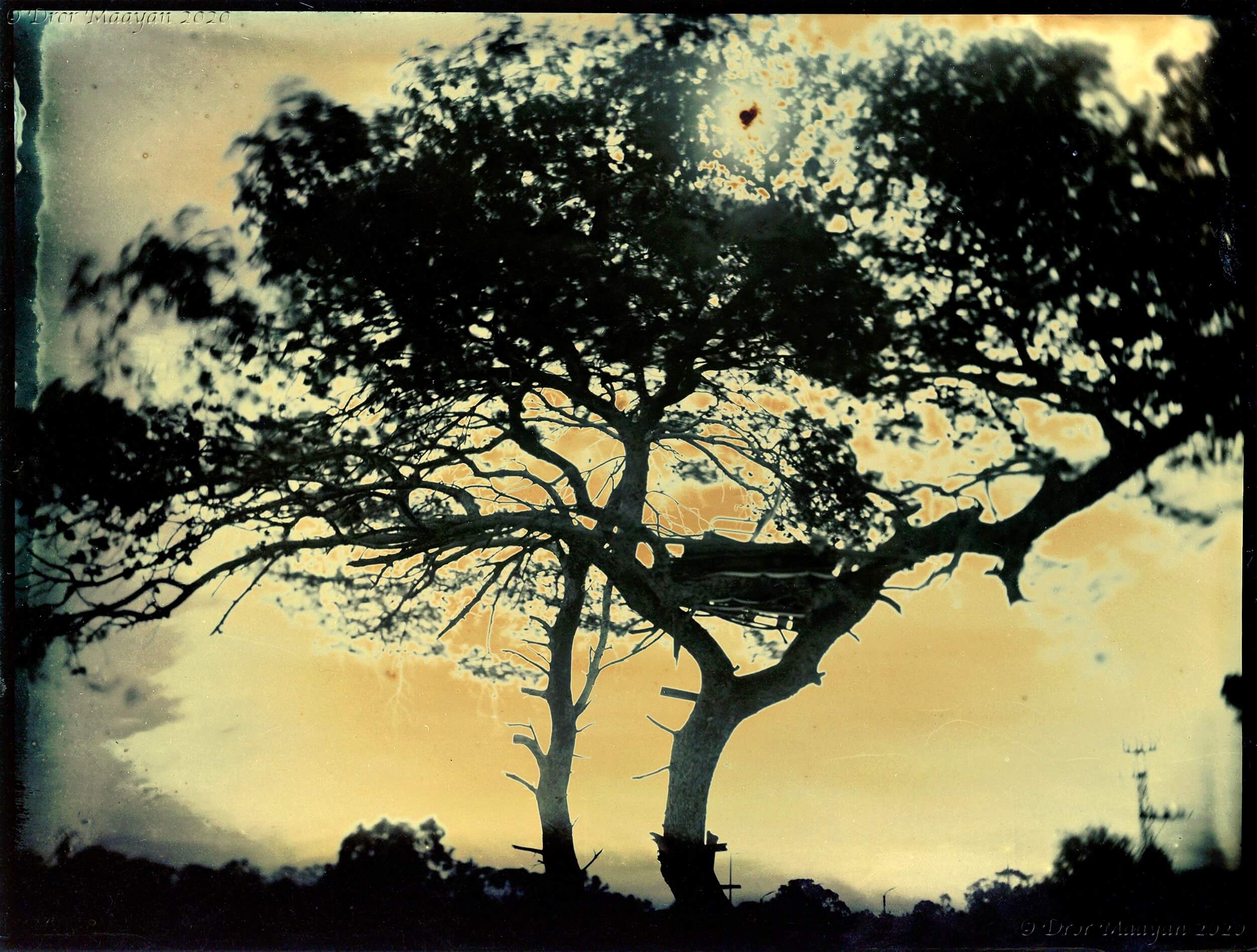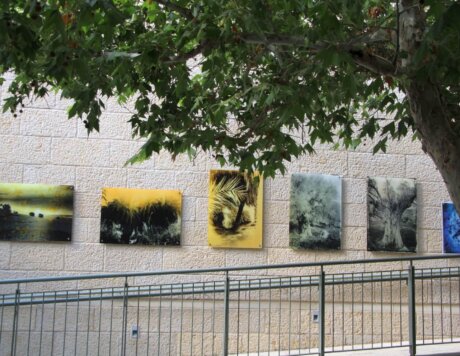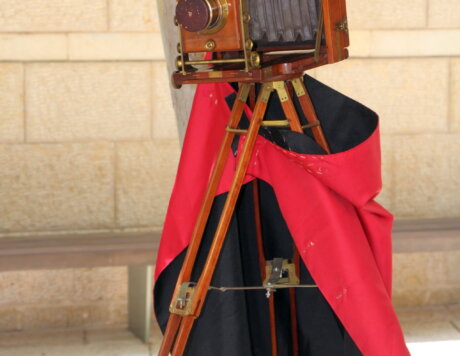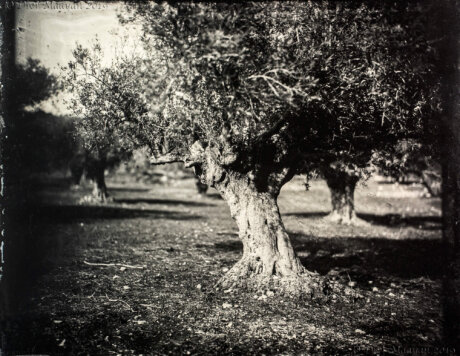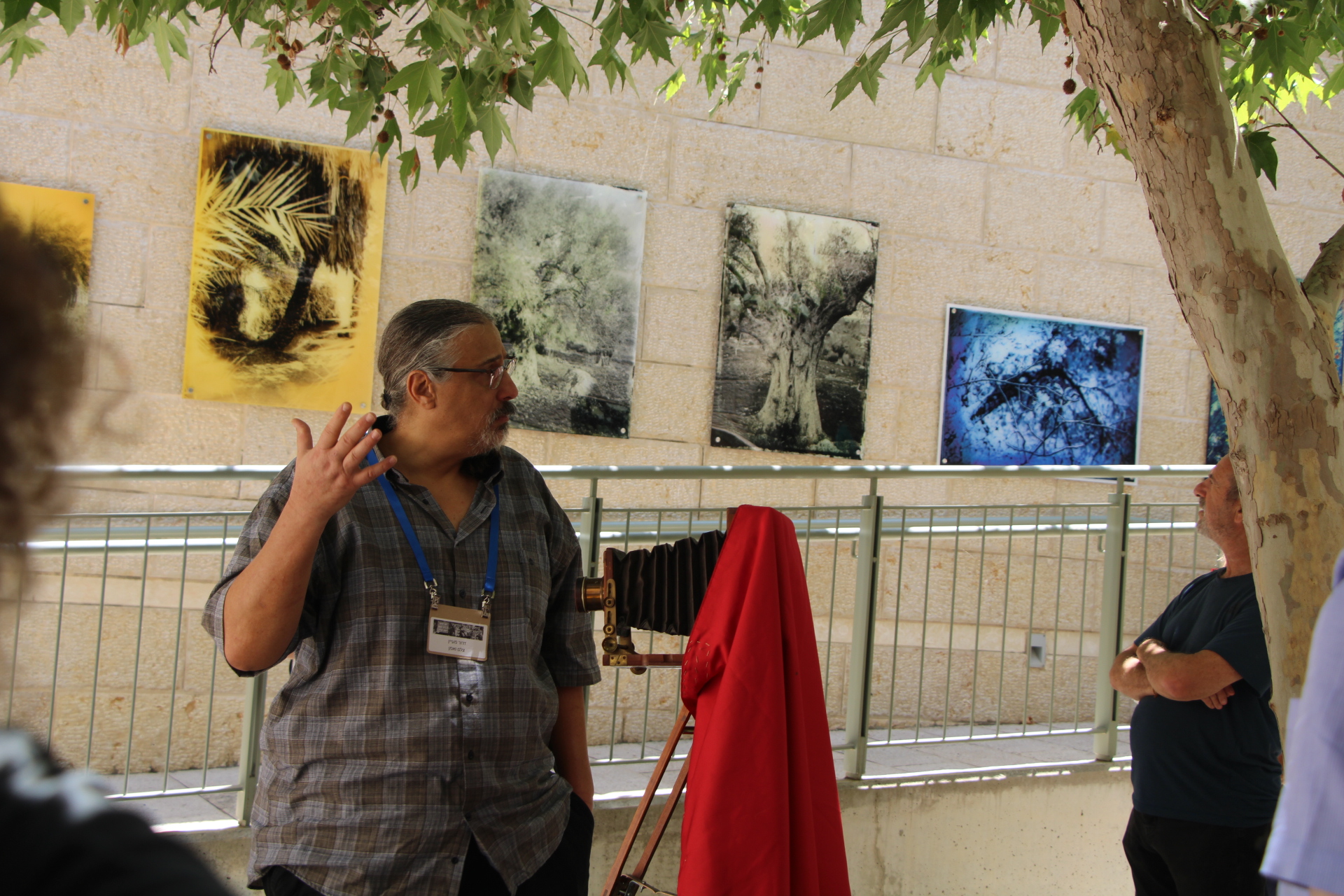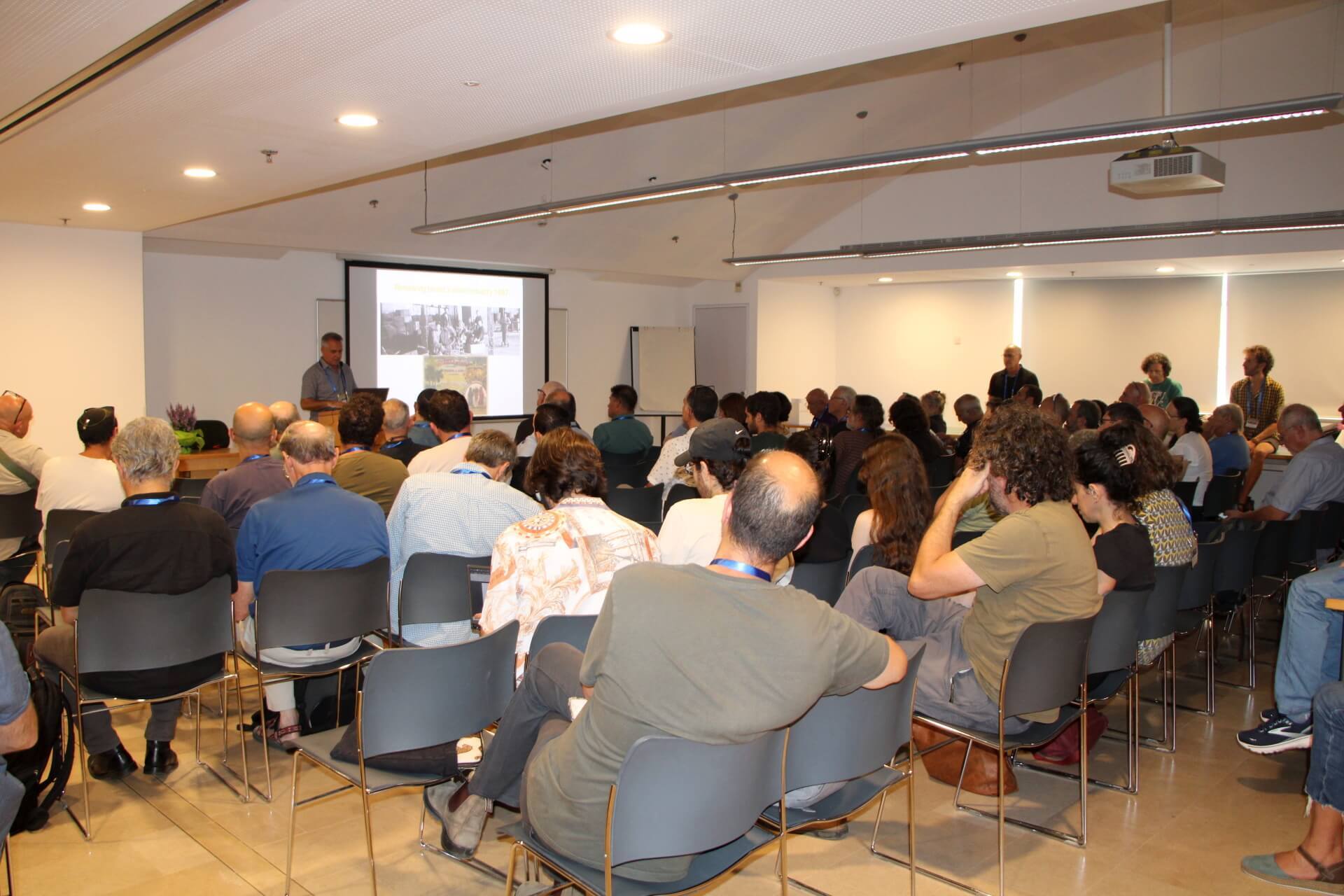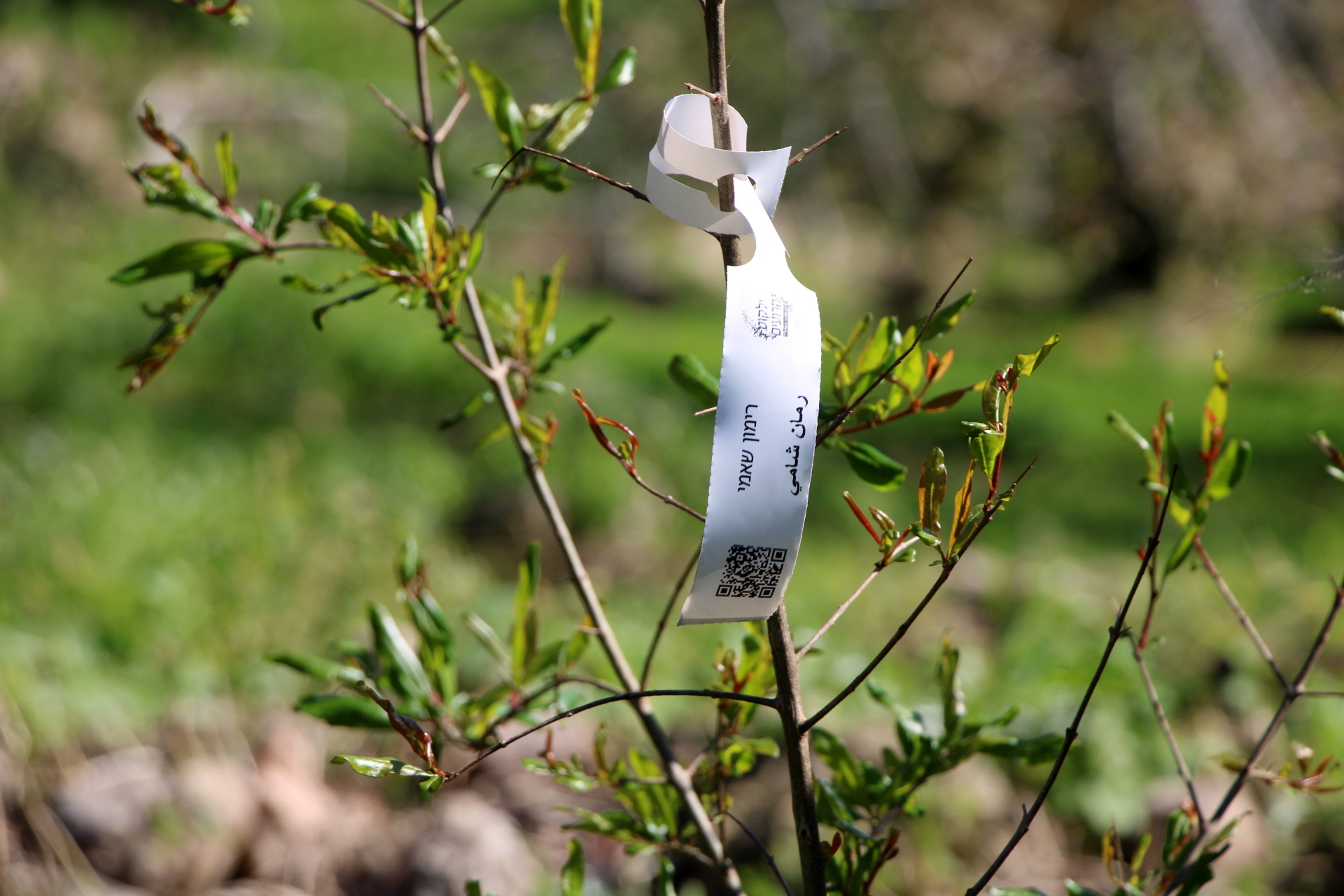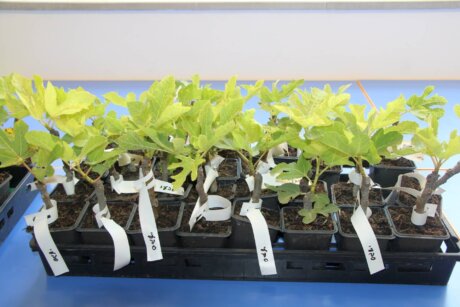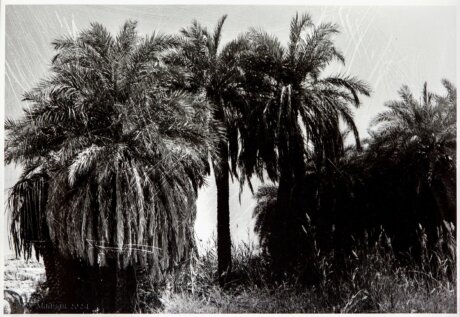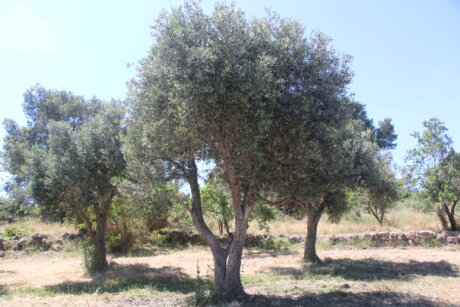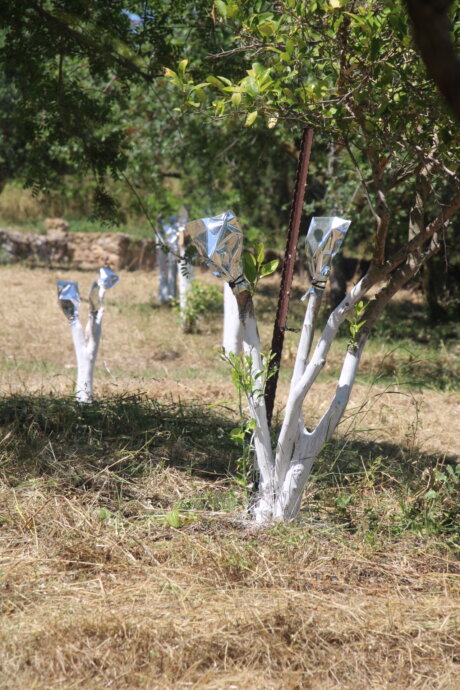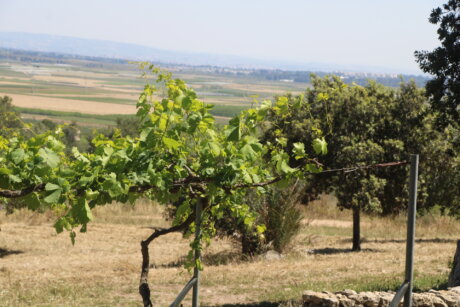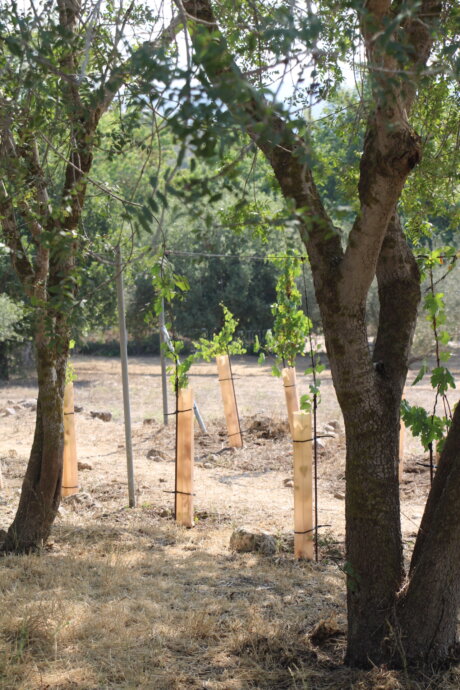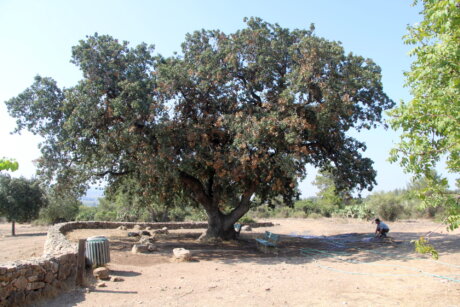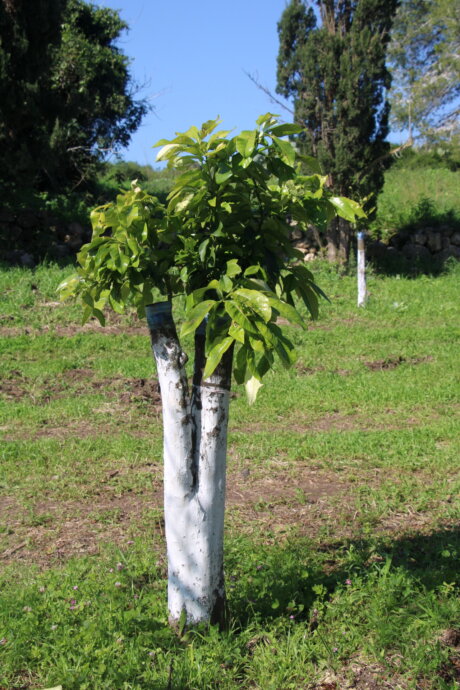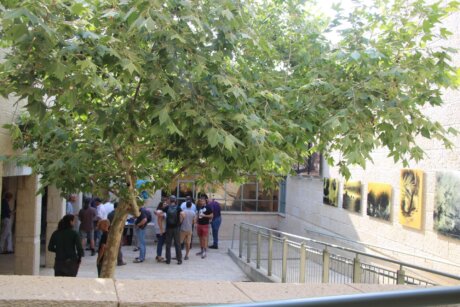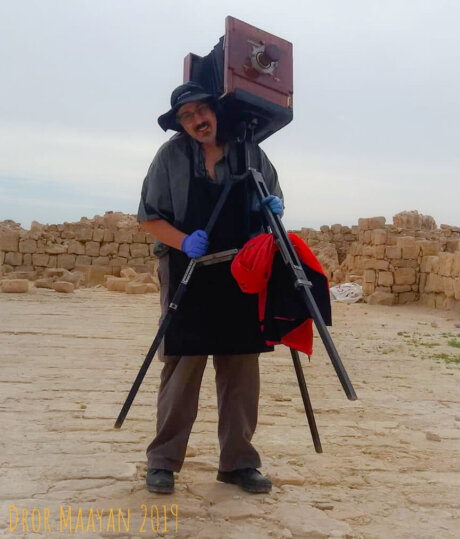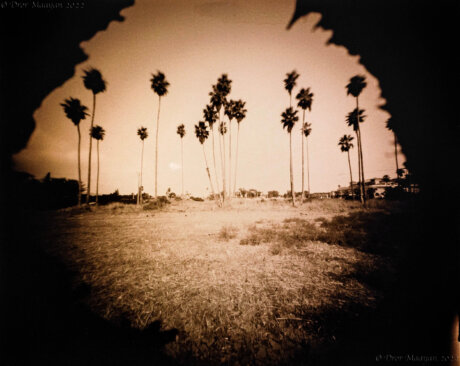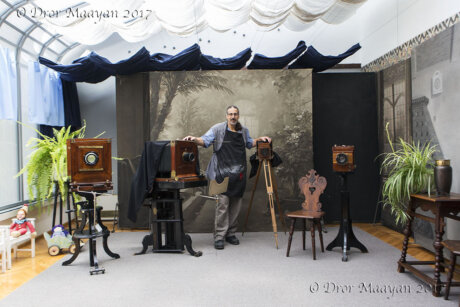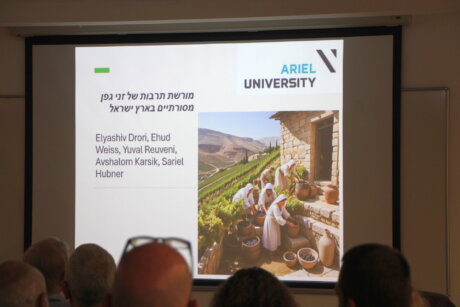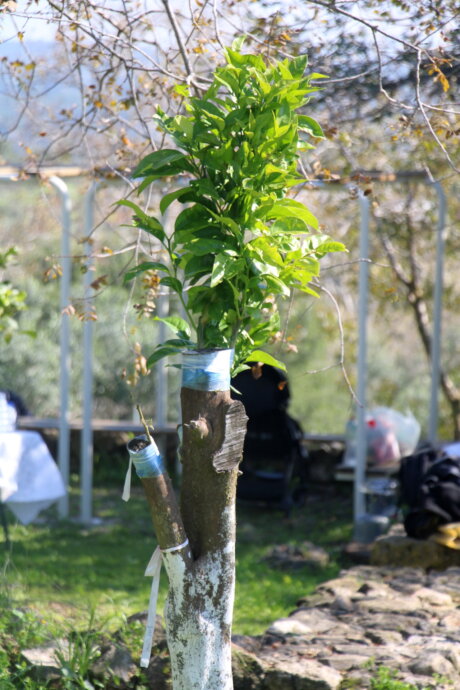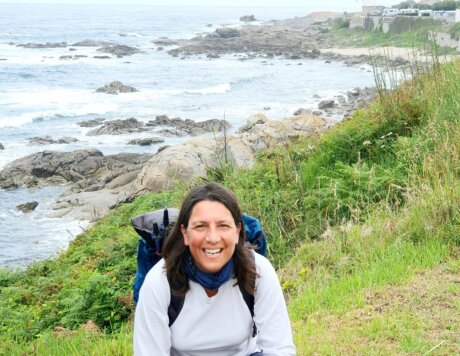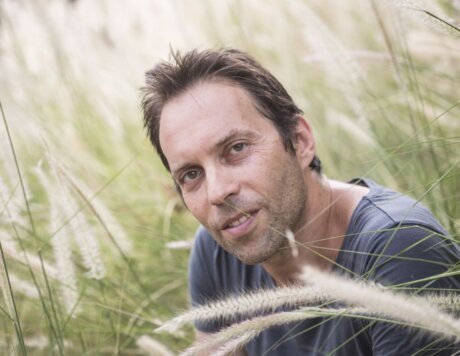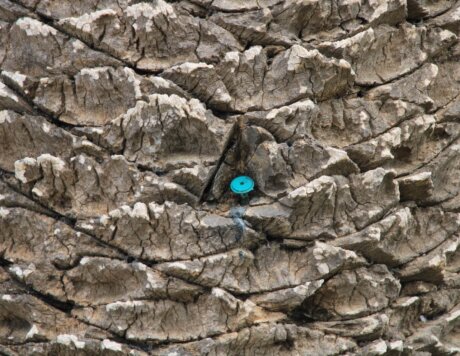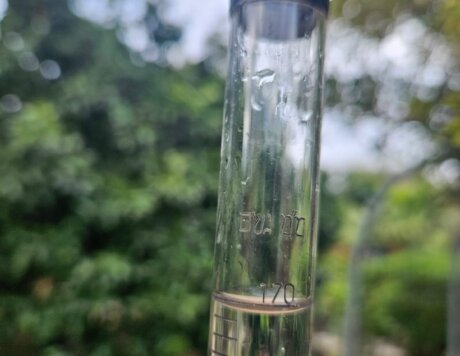‘The photographs can be compared to old photographs of those same areas taken by travelers, photographers and researchers who wandered here in the 19th century’, says Ma’ayan, explaining that this enables us to determine how time has affected their survival. Ma’ayan emphasizes, ‘An ancient orchard that has survived for years looks completely modern through digital photography, while through the old technology it acquires the visual patina of something old and rare, creating a good basis for comparison’. ‘There are trees that sprouted 100–200 years ago and some of them are now on the brink of extinction’, he adds.
The connection between people and environment, ancient trees and photography from the past is also related to the physical dimensions of things: ‘We are first and foremost flesh and blood with material physiology and are surrounded by nature and matter, just like trees, and just like ancient photography that captures a picture using real materials’, Ma’ayan explains, regarding the uniqueness of the photographs.


